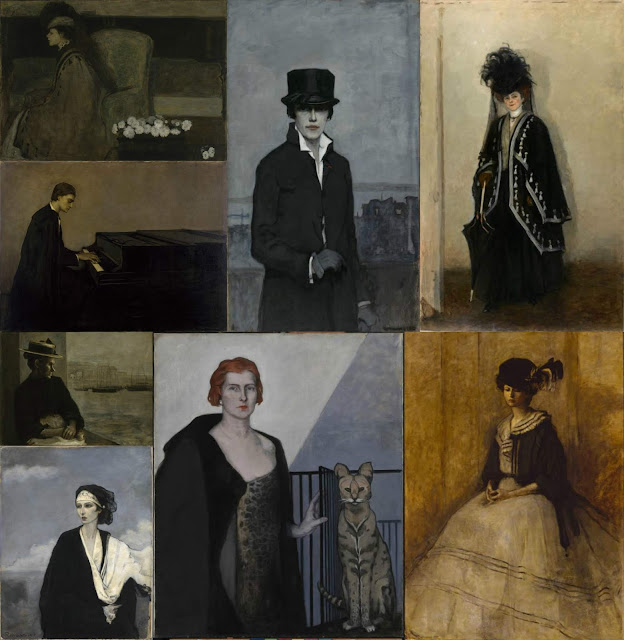To the Unnamed Artisit: The Bayeux Tapestry
After the Norman Conquest of England in 1066, the Bayeux Tapestry was created to commemorate William the Conqueror's victory. The Bayeux Tapestry, however, is not a tapestry at all--it is embroidered instead of woven. It is huge however...nearly 230 feet long (which is why you can seldom find photos of it in its entirety).
Although this piece commemorates a Norman victory, THIS ARTICLE explains that it was probably created by English craftswomen because of "the English spelling of names in the Latin inscriptions."
Although this piece commemorates a Norman victory, THIS ARTICLE explains that it was probably created by English craftswomen because of "the English spelling of names in the Latin inscriptions."
This is an important artifact for both English and French history and helped shape the story of the Norman conquest. According to the series of lectures on 1066 by Prof. Jennifer Paxton for The Great Courses, the story of Harold being shot in the eye with an arrow could be a misinterpretation of the tapestry.
However, the tapestry can't be in two places at once, so in the 1880s, the Leek Embroidery Society in Staffordshire produced a replica for England. According to the Wardle Heritage (Elizabeth Wardle spearheaded the project), each of the 35 women who worked on the English copy of the tapestry embroidered their signatures onto the panel on which they worked.
The original is exhibited in the Bayeux Museum in Normandy, and the Victorian copy can be found at the Reading Museum.
Further Reading:


































Comments